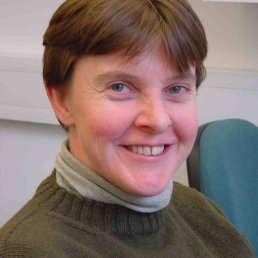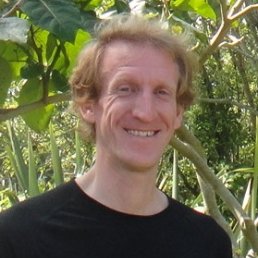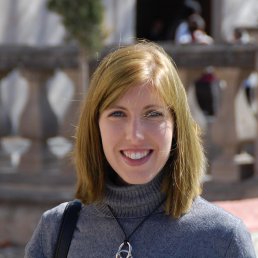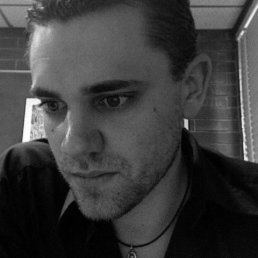Asymptotic and Numerical Analysis of Carrier's Problem
Abstract
A computational and asymptotic analysis of the solutions of Carrier's problem is presented. The computations reveal a striking and beautiful bifurcation diagram, with an infinite sequence of alternating pitchfork and fold bifurcations as the bifurcation parameter tends to zero. The method of Kuzmak is then applied to construct asymptotic solutions to the problem. This asymptotic approach explains the bifurcation structure identified numerically, and its predictions of the bifurcation points are in excellent agreement with the numerical results. The analysis yields a novel and complete taxonomy of the solutions to the problem, and demonstrates that a claim of Bender & Orszag is incorrect.





